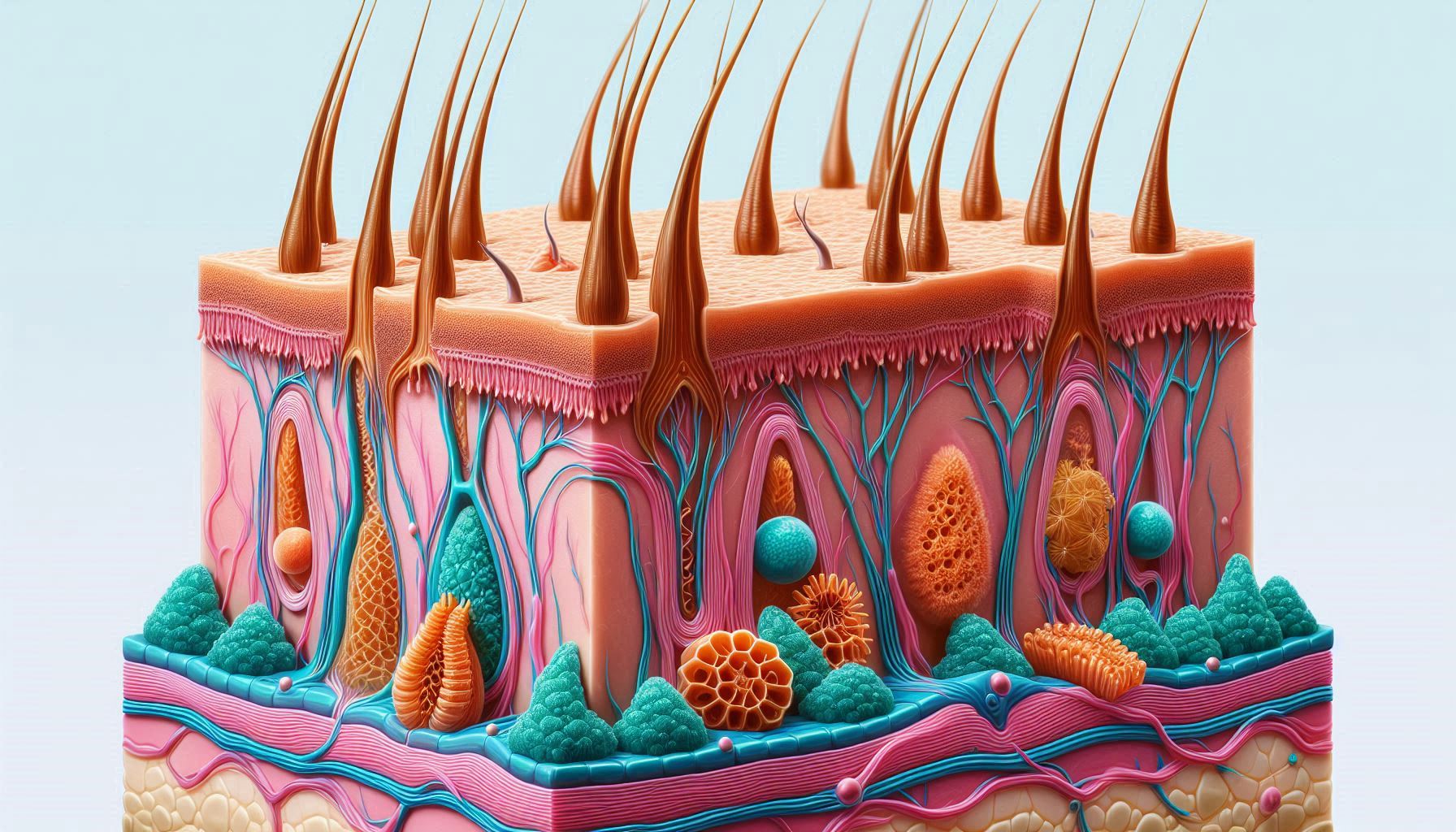
A Comprehensive Guide to Transgender Hair Transplant: Achieving Your Desired Hairline
The journey of gender transition is deeply personal and involves various physical and emotional changes. For many transgender individuals, aligning their physical appearance with their gender identity is a crucial step in this process. One of the most significant aspects of this transformation is achieving the desired hairline, which can be accomplished through a transgender hair transplant. This guide will provide an in-depth look at transgender hair transplants, how they work, and what you can expect from the procedure.
Understanding Transgender Hair Transplant
A transgender hair transplant is a specialized procedure designed to create a hairline that aligns with an individual’s gender identity. Whether transitioning from male to female (MTF) or female to male (FTM), a hair transplant can help create a more gender-affirming appearance by reshaping the hairline and adding density where needed.
Male to Female (MTF) Hair Transplant
For MTF individuals, the goal of a hair transplant is often to create a more feminine hairline. This typically involves lowering the hairline, filling in the temples, and creating a rounded shape that is characteristic of a female hairline. The procedure may also include adding density to thinning areas to achieve a fuller, more voluminous look.
Female to Male (FTM) Hair Transplant
For FTM individuals, the focus is usually on creating a more masculine hairline. This may involve reshaping the hairline to a more angular, M-shaped pattern, which is typical of male hairlines. Some FTM individuals may also choose to have hair transplants on other parts of the body, such as the beard or chest, to enhance their masculine appearance.
How Does a Transgender Hair Transplant Work?
The process of a transgender hair transplant is similar to other types of hair transplants but is tailored to meet the specific needs and goals of transgender individuals. The procedure is typically done using one of two techniques: Follicular Unit Extraction (FUE) or Follicular Unit Transplantation (FUT).
Follicular Unit Extraction (FUE)
FUE is a minimally invasive technique where individual hair follicles are extracted from the donor area (usually the back or sides of the scalp) and implanted into the recipient area. This method leaves minimal scarring and offers a quicker recovery time, making it a popular choice for many patients.
Follicular Unit Transplantation (FUT)
FUT, also known as strip harvesting, involves removing a strip of scalp from the donor area and dissecting it into individual follicular units. These units are then implanted into the recipient area. While FUT can result in a linear scar, it allows for the transplantation of a larger number of grafts in a single session.
The Transgender Hair Transplant Procedure
- Consultation and Planning
The first step in a transgender hair transplant is a thorough consultation with a hair restoration specialist. During this consultation, the surgeon will assess your hair loss, discuss your goals, and develop a personalized plan that aligns with your gender identity.
- Donor Area Preparation
On the day of the procedure, the donor area will be prepared by trimming the hair and applying local anesthesia to minimize discomfort. The surgeon will then begin extracting hair follicles using either the FUE or FUT technique.
- Recipient Area Preparation
Once the follicles have been harvested, the recipient area will be prepared. Tiny incisions will be made in the areas where the follicles will be implanted, following the desired hairline pattern.
- Implantation
The extracted hair follicles are carefully implanted into the recipient area, taking care to follow the natural direction of hair growth. This meticulous process ensures that the transplanted hair blends seamlessly with the existing hair and creates a natural-looking result.
- Recovery and Aftercare
After the procedure, you will be given specific aftercare instructions to ensure proper healing. This may include avoiding strenuous activities, keeping the scalp clean, and taking prescribed medications. The initial recovery period typically lasts a few days, with full results becoming visible within 12 to 18 months.
Benefits of Transgender Hair Transplant
- Enhanced Gender Affirmation: A transgender hair transplant can help individuals achieve a hairline that aligns with their gender identity, boosting their confidence and self-esteem.
- Natural-Looking Results: With advanced techniques like FUE and FUT, transgender hair transplants offer natural-looking results that blend seamlessly with existing hair.
- Permanent Solution: Unlike temporary solutions like wigs or hairpieces, a hair transplant offers a permanent solution to hair loss, with transplanted hair that grows naturally.
- Customized Approach: Each transgender hair transplant is tailored to the individual’s specific needs and goals, ensuring a result that is unique and personalized.
Considerations for Transgender Hair Transplant
- Timing: The timing of a transgender hair transplant is crucial. It is often recommended to wait until after hormone replacement therapy (HRT) has stabilized, as this can affect hair growth and loss patterns.
- Surgeon Selection: Choosing a skilled and experienced surgeon is essential to achieving the best results. Look for a surgeon who specializes in transgender hair transplants and has a track record of successful outcomes.
- Realistic Expectations: While a hair transplant can significantly improve your appearance, it’s important to have realistic expectations. Discuss your goals with your surgeon to ensure that you are both on the same page.
FAQs About Transgender Hair Transplant
1. Is a transgender hair transplant different from a regular hair transplant?
While the techniques used in a transgender hair transplant are similar to those in a regular hair transplant, the approach is customized to meet the specific needs and goals of transgender individuals.
2. How long does the procedure take?
The duration of a transgender hair transplant depends on the number of grafts being transplanted. On average, the procedure can take anywhere from 4 to 8 hours.
3. What is the recovery time?
Most patients can return to normal activities within a few days after the procedure. However, it may take several weeks for the scalp to fully heal.
4. Will I need multiple sessions?
Depending on the extent of hair loss and your desired results, you may require multiple sessions to achieve the desired density and coverage.
5. Can a transgender hair transplant be done on other parts of the body?
Yes, transgender hair transplants can also be done on other parts of the body, such as the beard, eyebrows, or chest, to enhance a more masculine or feminine appearance.
6. What are the risks associated with transgender hair transplants?
Like any surgical procedure, transgender hair transplants carry some risks, including infection, scarring, and poor hair growth. These risks are minimized when the procedure is performed by a qualified surgeon.
7. How long do the results last?
The results of a transgender hair transplant are permanent, with the transplanted hair continuing to grow naturally for a lifetime.
8. How soon can I see the final results?
Final results typically become visible within 12 to 18 months, as the transplanted hair goes through a growth cycle.
9. Can hormone therapy affect the results of a hair transplant?
Hormone therapy can influence hair growth patterns, so it’s important to discuss your HRT regimen with your surgeon during the consultation phase.
10. Is a transgender hair transplant painful?
The procedure is done under local anesthesia, so there is minimal discomfort during the transplant. Some patients may experience mild discomfort during the recovery period, which can be managed with prescribed pain medication.
Conclusion
A transgender hair transplant is a powerful tool for individuals seeking to align their physical appearance with their gender identity. Whether you’re transitioning from male to female or female to male, a hair transplant can help you achieve the hairline and overall look that affirms your gender. With advanced techniques and personalized care, the results can be natural-looking and long-lasting, providing you with the confidence to fully embrace your true self.
If you’re considering a transgender hair transplant, it’s essential to consult with a skilled and experienced surgeon who understands the unique needs of transgender individuals. This personalized approach will ensure that you achieve the best possible results, helping you on your journey to becoming your most authentic self.




